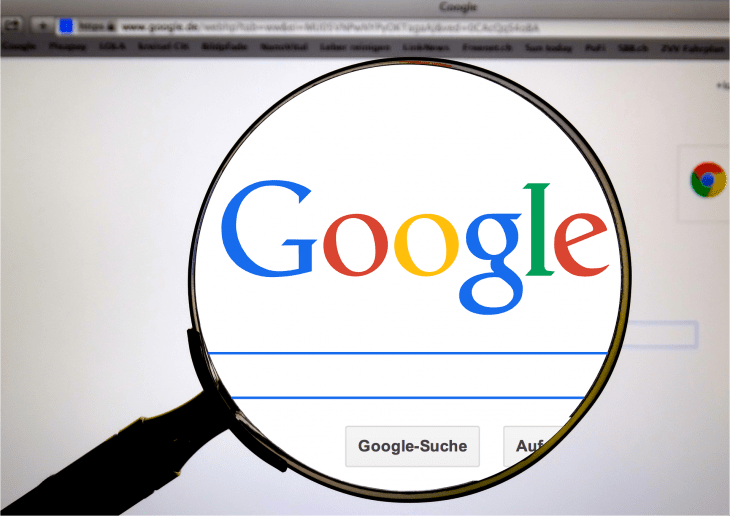
Google has grown to be a part of man’s daily life as much as the Internet. People use the name whether as a noun or a verb. From its humble beginnings in a student’s dorm room, the multinational technology company has indeed come a long way. Take a closer look at Google’s features and innovations, as well as the company and the people behind it through these Google facts.
- September 15, 1997 marks the registration of Google.com as a domain.
- Since launching its homepage in August 1998, Google has produced over 2000 doodles.
- The original Google Storage consisted of 10 4GB hard drives encased in LEGOs.
- Google has acquired 214 subsidiaries from 2001 to 2017.
- Google Image Search launched in July 2001 with 250 million searchable images.
- Sergey Brin and Larry Page founded Google on September 4, 1998.
- Google is an American search engine company founded in Menlo Park, California.
- Alphabet Inc. owns Google.
- Google Advertising made up nearly all of Alphabet’s 2016 revenue.
- Google’s headquarters (The Googleplex) is based in Mountain View, California.
- Founder Larry Page launched ‘Google Friends Newsletter’ in 1998 to inform fans about Google.
- Blogs like Google+ eventually replaced the said monthly newsletter.
- In 2001, Google launched its first international office in Tokyo.
- The first link that Google indexed was Larry Page’s web page at Stanford.
- Stanford University holds the patent to the Google algorithm called PageRank.
- Google’s first company dog was named Yoshka.
- In 2012, Google Chrome surpassed Microsoft Internet Explorer as the most popular Web browser.
- By 2017, the web browser maintained its lead over Microsoft IE, Mozilla Firefox, and Apple’s Safari.
- Google Mail launched on April Fools Day 2004 as an invite-only service at first.
- China banned Google on March 30, 2010.
Google history traces back to 1995 at Stanford University.
Sergey Brin was a student assigned to tour Larry Page who was considering grad school at the time. Their partnership bloomed from their dorm rooms as they built the search engine that would later dominate the Internet. Initially named the ‘Backrub,’ the search engine used links in determining the importance of individual pages on the web.
The name Google originated from the mathematical term ‘Googol.’
A googol refers to the number one (1) followed by 100 zeroes. With this name, Page and Brin set up their first office at Menlo Park, California.
Its founders created Google for a sole purpose.
When they created Google, Brin and Page aimed to provide an organized, universally accessible database of the world’s information. From Backrub to Googol, it eventually became the search engine we know today.
Google’s unofficial motto is “Don’t be evil.”
This motto served as the company’s credo until 2015 when they replaced it with “Do the right thing.”
Google's first investor was Sun Microsystems, Inc. co-founder Andy Bechtolsheim.
Outside financing for the project began in mid-1998. Aside from the $100,000 from Sun’s Bechtolsheim, Brin and Page raised $1 million from family, friends, and other investors.

Google’s first employee was Craig Silverstein.
Aside from leasing his garage in Menlo Park, California as the first Google office, Silverstein also stayed with them for over 10 years. Eventually, he joined Khan Academy, another startup business.
In 2000, Google became the client search engine for Yahoo!.
As Yahoo! ranked among the most popular sites in the Web during that time, Google history witnessed a boom in its activity. Even before that, Google received a venture capital funding of $25 million. This dates back to mid-1999 when they were still only processing around 500,000 search queries per day.
Today, Google ranks among the Top 4 Influential Companies in the high-tech marketplace.
Its constantly broadening product size and portfolio place the company alongside tech giants Apple, IBM, and Microsoft.
Google has come a long way from being an online search firm.
Google has now grown into a worldwide company with over 50 different services and products offered. Its range currently covers e-mail, online documents, and software for mobile phones and tablet computers.
In 2006, Google ranked in the Standard and Poor’s 500 (S&P500) stock index.
In 2012, Google’s market capitalization boomed, becoming one of the largest American companies outside the Dow Jones Industrial Average.
The word "Google" officially became a verb in 2006.
If you want to know something nowadays, the immediate response would be to google it. However, it was only recognized as a verb on June 15, 2006. To ‘google’ something eventually became a common expression for searching the Internet.

In August 2015, Google became a subsidiary of Alphabet, Inc.
Despite Google being under this holding company, Google Search, Google Ads, Google Apps, Google Maps, Android OS, and YouTube remain under Google.
After its release in 2001, Google Zeitgeist became an annual tradition for the company.
Google Zeitgeist surveys the searches of millions of people over the previous year. It shows the most popular google searches for certain demographics for a certain year. In a way, it’s kind of like Spotify Wrapped.
Google most recently acquired Fitbit.
Out of the 200 companies owned by Google, its most recent one is Fitbit. Some of Google’s biggest acquisitions were Android OS in 2015 (for $50 million), YouTube in 2006 ($1.65 billion), the International Travel Agency (ITA) in 2011, ($700 million)
Google also bought Motorola in 2011 ($12.5 billion), Waze in 2013 ($1.4 billion), and Looker in 2019 ($2.6 billion). More recently, Google acquired the Wearables brand Fitbit for $2.1 billion.
Google operation revolves around 3 proprietary pieces of computer code.
The Google algorithm relies on 3 main codes: Google File System (GFS), Bigtable, and MapReduce. Data storage across several machines goes under GFS, while Bigtable manages the database program of the company. On the other hand, MapReduce oversees Google’s generation of higher-level data.
The Google homepage ended up ‘sparse’ because of the founders’ lack of HTML code knowledge.
Hence, they only aimed for a quick interface for the earliest version of the search engine. You couldn’t even click the ‘submit’ button because it didn’t exist. Before, the homepage required users to hit the ‘return’ key to generate Google searches.
Google introduced Gmail to the public in 2007.
Released in 2004, the free Web-based email account selected Beta testers. When Google publicly launched Gmail in 2007, it was still in its Beta stage.
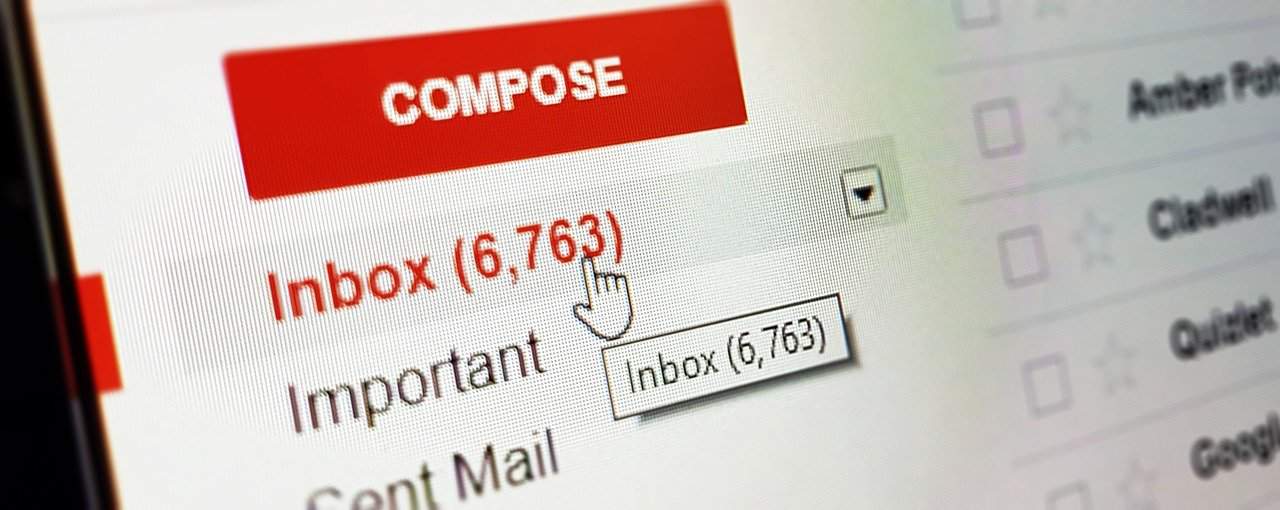
Google acquired email services firm Postini in 2007.
Their $625 million purchase was aimed at the improvement of the security of Gmail, especially for businesses.
Google built a directory into Gmail in 2015.
Since many people use Gmail for corporate transactions, Google introduced a feature optimized for professionals in 2015. Aside from basic information such as names, phone numbers, and email addresses, Google Contacts also includes business information. This built-in directory also logs physical addresses, job titles, employers, and company departments.
Google Contacts have 2 categories.
The first one is the Google Apps Directory, which is a domain-wide contacts list that Google account administrators manage. On the other hand, My Contacts contains the personal contacts that users input using the Contact Manager.
Google Translate supports 109 languages.
When Google Translate first started 10 years ago, it only supported 2 languages – English and Arabic. Now, it can Google translate English to Spanish, and Spanish to English. Topping the most requested languages are Google translations from English to Arabic, Indonesian, Portuguese, and Russian. How’s that for cool Google facts?
Google has a voice assistant that can spring to action with a simple “OK Google.”
Google initially launched Google Assistant as an extension of Google Now. While its design aimed to be personal, it still expands to existing “OK Google” voice controls. Google Assistant supports both text and voice entries, following the conversation regardless of the input method used.
An acquisition in 2004 later birthed Google Earth.
In 2004, Google bought Keyhole Inc., a company partially funded by In-Q-Tel of the Central Intelligence Agency. Keyhole developed the online mapping service which Google rebranded in 2005 as Google Earth.
Google Earth enables the creation of Mashups.
Google Maps lets users find detailed satellite images of numerous locations on the planet. Mashups incorporate details like street names, coffee shop locations, weather patterns, population densities, real-estate prices, and crime statistics into maps that Google Earth created.
Google Earth comes in handy in rescue operations.
One instance was in 2005, in the wake of Hurricane Katrina. The computer program provided satellite overlays displaying the affected region. Hence, the rescuers were able to better survey the damage extent of the hurricane. Google Earth then became an essential tool in numerous disaster recovery efforts.

Since its founding, Google has been spending huge sums for what is now known as Google Ads.
In 2003, Google acquired Applied Semantics for $102 million. This company created AdSense, a service signing up Website owners to run various types of ads on their pages.
In 2006, Google acquired another Web advertisement business.
The company paid $102 million for dMarc Broadcasting. In the same year, Google announced its over 3½ years payment of $900 million for ad selling rights on MySpace.com.
Google's biggest purchase was DoubleClick for $3.1 billion.
In 2007, Google spent $3.1 billion on DoubleClick, its largest acquisition thus far. However, the mobile applications market boomed 2 years later. Google responded by acquiring the mobile advertising network AdMob with a $750 million-worth deal.
Google then built its own pay-per-click service, Google AdWords.
Since its launch in 2000, Google Adwords became the biggest contributor to the current success of the multinational technology company. Google created Google Search Appliance in 2002 to optimize it for businesses. It also added cost-per-click pricing in Google Adwords.
‘Google Books’ started as ‘Google Print’ in 2004.
The company collaborated with numerous major libraries around the world to making their resources available to the Internet. In 2005, the project was renamed ‘Google Books.’ Around 1 million scanned books per year entered its initial operation years. By 2012, Google had already scanned over 15 million books.
Google Books displeased a group of authors and publishers at some point.
The authors filed suit against the company to halt the making of passages from their copyrighted books, granting its free access over the Internet. In 2008, Google reached a legal settlement and agreed to pay the group $125 million as compensation.
Users can still access up to 20% of each scanned work on Google Books.
The said authors and publishers compromised by making their works partially available online. In exchange, they would receive 63% of all advertising revenue that the page views would generate on their material on Google Books.
Google’s social network service Google+ attracted over 170 million users within a year.
Launched in June 2011, the program was only available to a limited audience at first before its release for the general public. In contrast, it took 5 years for Facebook to reach 150 million users.
By 2019, Google Sites contributed to the majority of Google’s U.S. dollar revenues.
Out of Google’s $160.7 billion 2019 revenue, up to $113.26 billion came from Google Sites.
Google offers a domain registration service called Google Domains.
While it launched in January 2015, the program remains to be in Beta. Google Domains charges no additional fee for WHOIS Privacy. Other domain registration services charge up to an annual fee of $12 for this feature.
Google Analytics stemmed from Web Depot’s Urchin.
The web development and hosting company founded Urchin in 1995 to solve an annoying problem. In the time of using server log files for processing website analytics systems, Urchin sped up the days-long data extraction process and even made the date more accessible.

Google only acquired Urchin after 10 years.
Google acquired Urchin in April 2005. In November of the same year, the company rebranded Urchin as Google Analytics. This key tool identifies and solves website issues, aiding in the optimization of online traffic for businesses.
Google provides business listing services as well and it is called ‘Google My Business.’
Google My Business allows its parent search engine to display company information on various different results. In other words, Google My Business is a core element of local SEO.
Google My Business outputs information to many Google services.
In order to improve a business’ online presence, Google My Business simultaneously inputs data to Google Maps, Google Knowledge Graph, and Google Local Pack.
Google has another business tool in the form of Google Search Console.
It was previously known as Google Webmaster Tools before it became Google Search Console. Business owners and web developers alike can use this tool to monitor, maintain, and even troubleshoot the website of a presence in Google’s search engine results pages.
Another important local SEO tool from Google is Google Trends.
This feature shows the frequency of a given search term’s entry into Google’s search engine. And, it is relative to the total search volume of the site over a given time period.
Google Trends also offers comparative keyword research.
This keyword-related data includes search volume index and geographical information concerning search engine users. Moreover, these features from Google trends can help discover event-triggered spikes in the volume of keyword searches.
The iconic ‘Burning Man’ was the first doodle for Google.
More than just an amusing visual, this doodle for Google aimed to inform users about the whereabouts of the team for the following days.
The Google logo is not constant.
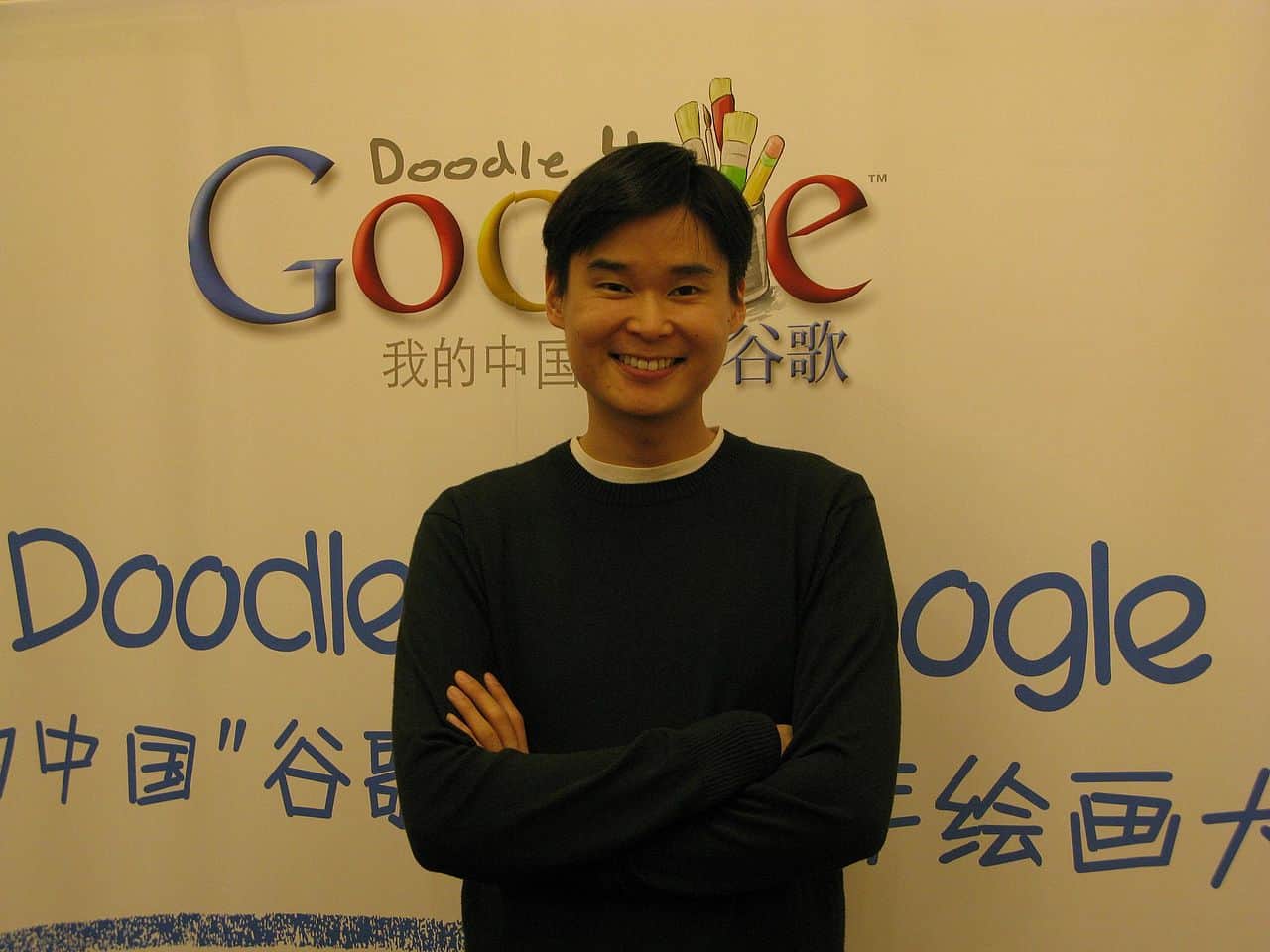
It undergoes regular modifications in recognition or celebration of certain holidays, birthdays of significant people, or major events. Some of these are works of American-born South Korean graphic artist Dennis Hwang. Eventually, these special logos became known as Google Doodles as well.
Some surprising Google facts are the Google Easter eggs all over the search engine interface.
These Google Easter eggs are intentional inside jokes, hidden messages, or secret features within Google. Try some of them by searching for the following keywords:
- “Askew”
- “Recursion”
- “The answer to life the universe and everything”
- “Do a barrel roll”
- “Zerg rush”
- “Text adventure”
- “Conway’s game of life”
- “Anagram”
- “Define anagram”
- fully-functioning versions of classic video games: Atari breakout, PacMan and Snake
Google Gravity, another Google Easter egg, has different types.
Try these interesting Google facts by searching Google Gravity or Gravity Google and Gravity Underwater. Among the other Google Easter eggs, Google Gravity provides a fun display of the Google Search page where all the buttons, icons, logo, and even text fall on the ground. As aptly named as it is, this trick gives the notion of a gravitational force pull.
Google powers a delivery service called Google Express.
By using this service, users can shop from stores like Costco, PetSmart, Target, Walgreens, and Walmart. Delivery takes 1-3 days, but Google Express saves numerous busy people the hassle and time of driving out for weekly grocery errands.
The introduction of the Google Apps in 2006 seemed like an introduction to Google’s war against Microsoft.
At least, that was what many in the industry thought! Google Apps is an application software that Google hosts which runs through the Web browsers of users.
The first free programs of Google Apps included Google Calendar.
Alongside this scheduling program is the instant messaging program Google Talk and the Webpage creation program Google Page Creator.
Google Images traces back to when Google made its first acquisition of Deja.com in 2001.
The Usenet Discussion Service had an archive of 500 million user discussions tracing back to 1995. Before Google launched Google Images, the company added ‘joke languages’ like ‘Klingon.’
Google Drive is the name for the cloud-based storage support of Google.
This platform not only provides storage for users, it also enables the use of data from any machine or app. As it is available from everywhere on the Web, Google Drive allows the utilization of technology anytime, anywhere. Moreover, users can add and obtain various file types like photos, videos, Google Docs, PDFs, and more via Google Drive.
Google Docs started out as an experiment by 3 programmers.
Claudia Carpenter, Sam Schillace, and Steve Newman were testing the then-new Ajax technology out. Also, they applied the ‘content editable’ function that most browsers have.
Google Docs comes with several other programs in Google Drive.
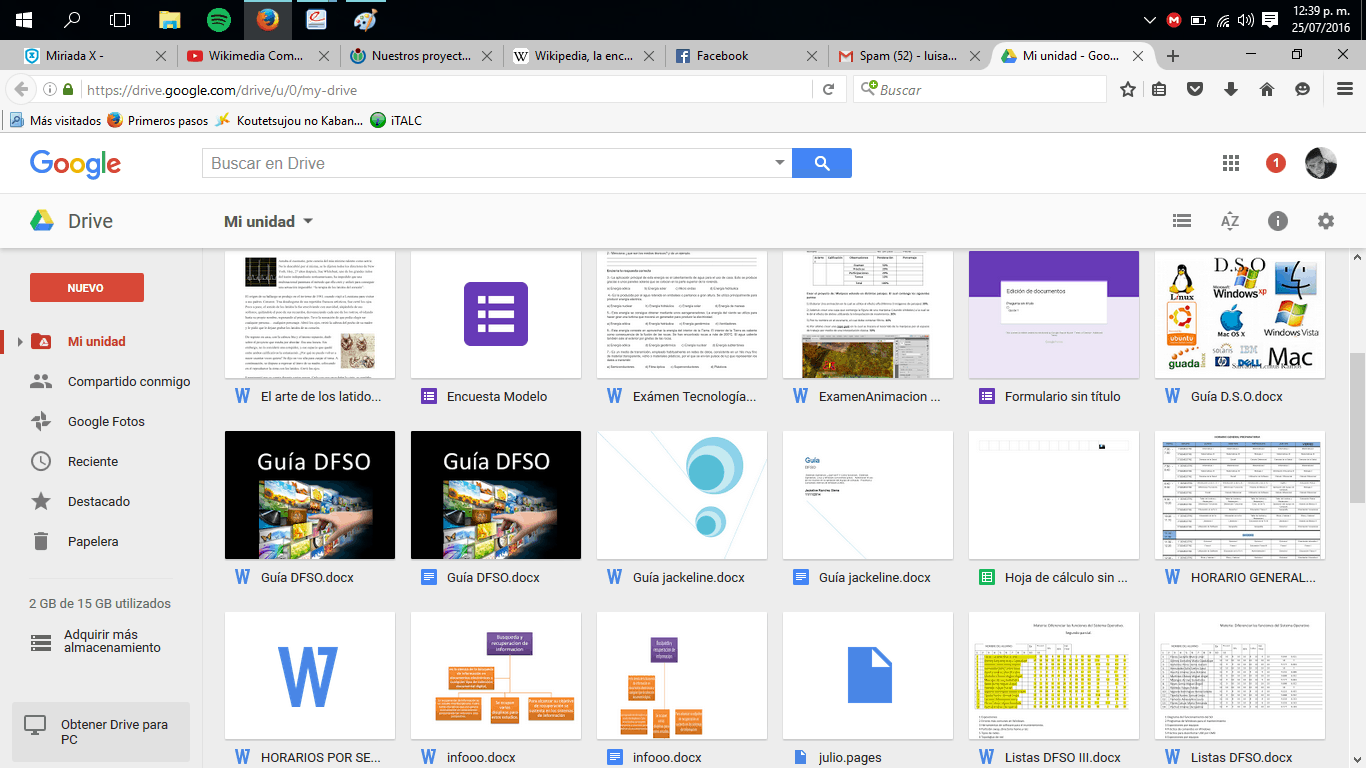
Google acquired and developed several traditional business programs in 2006-2007. It includes a word processor, spreadsheet, and presentation software. While they can now be called as Google Docs, Google Sheets, and Google Slides, they are all under Google Drive.
Google Sheets, another free web-based program, is for spreadsheets creation and editing.
Like the rest of its family in Google Drive, Google Sheets is available as a web application and is accessible through Chrome, Firefox, Microsoft Edge, and Safari.
Google Slides is the rebranded form of Google Presentations.
Google introduced this free presentation web application on March 9, 2006 after their acquisition of Writely. Because it also offers cloud storage, Google Slides automatically saves users’ documents. This feature allows the retrieval of files despite the failure of SSD or hard drive.
Google released Google Chrome in 2008 then announced plans for Chrome OS the following year.
This Web browser provides an advanced JavaScript engine which better suits the task of running programs within the browser. On the other hand, Chrome OS is Google’s version of an open-source operating system.
Chrome OS runs on the Linux kernel.
Hence, it requires fewer system resources compared to those of other operating systems due to its use of cloud computing. Chrome OS only has the Chrome browser as its running software while Google Apps supplies all the other software applications.
Google Fonts is free but can only be used over the Internet.
Google launched this programming interface collection that enables users to use web fonts on the Website. However, Google Fonts is not created for installation or use on computers other than its use within Google Chrome.
Google Hangouts is the longest-running messaging and video chat service by Google.
However, this service will only last until June 2020. From then on, only those with an Gmail or Google address can use Google Hangouts.
Google Groups aims to connect people with the same interests.
Through Google Groups, users can create forums and emails threads to find their own crowd.
The concept for Google Groups existed long before Google.
In 1979, two Duke University alumni invented a digital message board. It later became known as Usenet groups, or message boards that users can access with a special newsreader software. These Usenet groups enabled computer users to start public discussions with each other around the globe.
Deja.com preserved Usenet in an online archive until Google purchased it in 2001.
The Usenet groups rose to fame throughout the 1980s-1990s. However, it eventually waned when the Internet became more accessible. Later on, Google rebranded it as Google Groups in 2001.
In March 2009, Google launched a telephone service called Google Voice.
This tool provides the user with a phone number that can be set to ring any phone in the United States. Other services that Google Voice provides are call forwarding services, voicemail services, and voice and text messaging services.
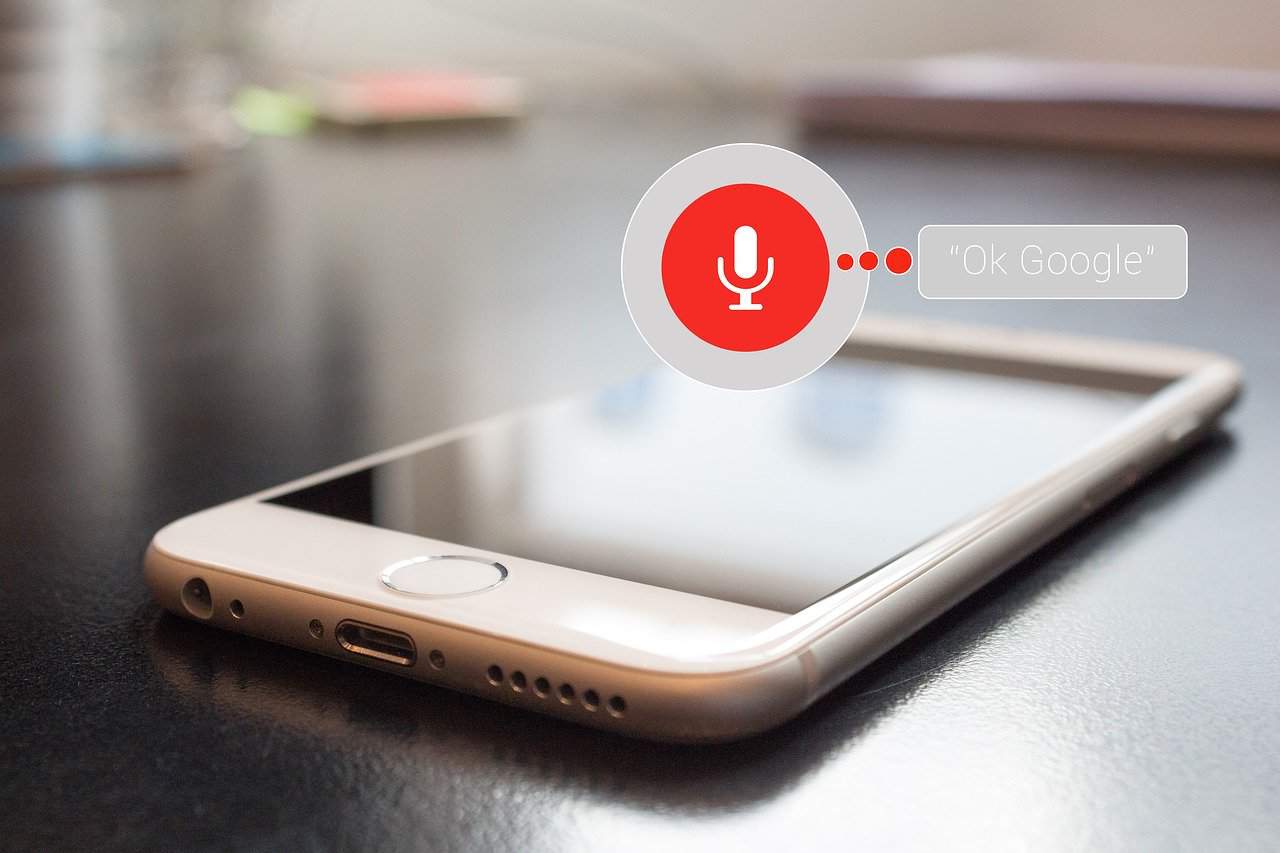
Google has its own version of a note-taking app called Google Keep.
Google Keep automatically synchronizes with Google Drive. Hence, users can access it from any device with their Google account. Moreover, Google Keep can also take voice notes.
Google Keep is a built-in feature of Gmail as well.
With this tool, users can add a note by clicking the yellow Keep icon on the far right-hand toolbar. There is no need to go back and forth between the apps just to keep notes. Better keep these Google facts and hacks in mind.
Google Photos can free up space on users’ phones.
Google launched this tool in 2015 to let users store photos, screenshots, and videos taken through the phone. As a cloud-based tool, Google Photos serves as a solid media backup both for Android and iOS devices.
Google Photos has purposes beyond storing pictures.
With this tool, users can upload new photos and edit them. New videos, albums, collages, and animations are welcome to Google Photos, too. Users can then download their outputs anytime, allowing the cloud-based backup to have a backup on computers or external hard drives as well.
Google Maps Navigation is an improved version of Google Maps.
Google launched Google Maps in February 2005, followed by Google Maps Navigation in October 2009. Unlike Google Maps, Google Maps Navigation version provides users with interactive, turn-by-turn GPS navigation.
The Google Maps JavaScript API has another service called the Google Directions Service.
Also known as Google Maps Directions, this module incorporates the Google Directions Service so that a user interface in Drupal can display directions between two locations.
Google Play is a combination of the app store, Google Music and Google eBookstore.
The launch of the Android Market in October 2008 followed the month of the release of the first Android device – the HTC Dream or T-Mobile G1. Then in 2012, the Google rebranded Android Market as Google Play.
The Google Play Store became the official place for Android device content purchases.
This digital application distribution platform offers over 2.9 million apps made available as of December 2019. Moreover, the ultimate Google Store also includes company-named apps such as Google Play Music or Google Music.
Google released a new service for playing games called Google Stadia.

With Google’s signature cloud-streaming technology, Google Stadia allows users to play video games across a network of different devices. The company released the first Stadia Founder’s Edition bundles in November 2019.
Google also supports the academic industry with Google Classroom.
If the multinational technology company released numerous products for business use, it also released some for academia. The web-based platform Google Classroom allows teachers to create online classrooms where they can communicate and collaborate with students and =guardians. Moreover, teachers can distribute, collect, and monitor coursework from there.
Google Classroom announcements go straight to students' emails.
Upon the creation of a Google Classroom account, a complementary Google Drive folder is also created. It means that members can easily store classroom materials in these folders called ‘Classroom.’
Google Forms lets you create online services.
Another Google Drive tool, Google Forms supports basic data validation, basic skip logic, and a range of question types. However, its features are not as rich as Qualtrics.
In December 2006, Google launched a digital patent library called Google Patents.
The company claims that Google Patents uses the same technology as Google Books. Hence, the site also enables users to scroll, zoom in, and highlight through the documents as well as save the text as PNG files.
Google Patents continues to update and expand its existing granted patents index.
It has also included published patent applications since 2006. US patent documents on Google Patents date back to 1790 while the EPO and WIPO trace back to 1978.
Google launched Google News in September 2002 with 4,000 news sources.
When Google announced its release at the 2018 IO conference, the company revealed that Google News would use machine learning in surfacing interesting stories from trustworthy publishers.

Despite what its name might suggest, Google Flights is not an internet travel agency.
Instead, this tool allows users to search, compare, and purchase flights. Moreover, this effective metasearch engine saves users the time for searching each airline and website one by one.
Google retrieves the data for Google Flights from its ITA Matrix database.
Google Flights helps travelers choose the best flight for them based on price, duration, amount of stops, and other factors like amenities and baggage fees.
Google offers travel guides through its tool Google Travel.
Certain results for city and country name searches often come with the travel guide icon. Google Travel provides photos, information, history, itineraries and travel assistance in the area. Moreover, this tool also recommends other nearby places that the a person can explore.
Google Pay lets users buy exclusive Google services or products.
These products include subscriptions and software like the Chrome browser and the Chrome OS. Users can also buy hardware like Chromecast and mobile devices like Nexus and Pixel.
Unlike other websites of its type, Google Finance has no advertising.
Google launched its version of a financial website to allow users to save a portfolio of selected stocks. This feature was already a part of its own homepage service that the company launched in May 2005.
A Google Account is like a user’s gateway to consumer Google applications.
People who have a Google Account have username-password access to apps like Google Docs, Google Photos, Google Maps, and Google Sites.
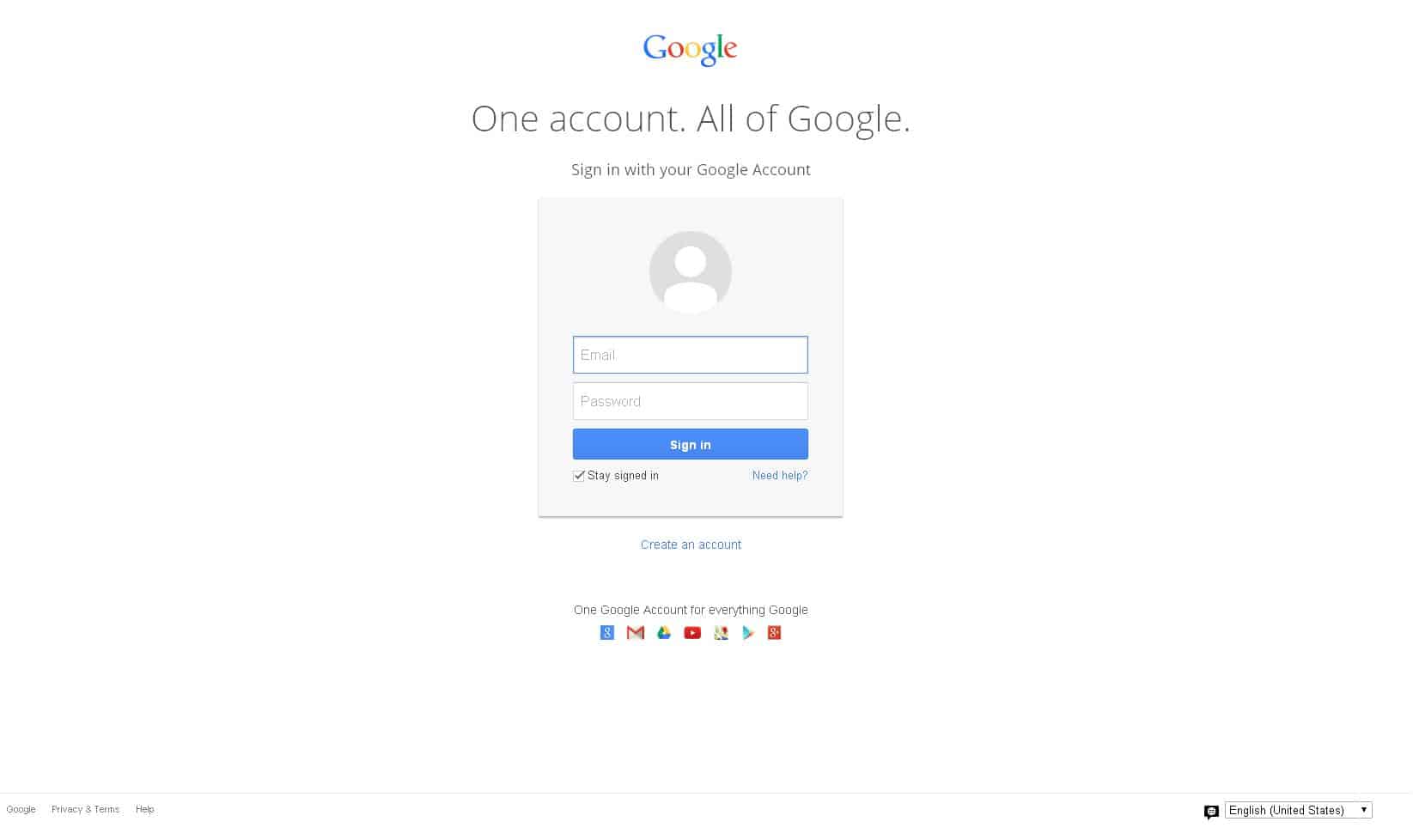
Not all Google Accounts are Gmail.com accounts.
However, all Gmail.com accounts are Google Accounts. It means that anyone is allowed to sign up for a free Google Account which they can use to access and edit on Google Drive like Google Docs, Google Sheets, Google Slides, and more.
Not everyone could have a gmail account in its early days.
When it launched in 2004, Gmail was that hot of a commodity that people could only register and create an account through an invitation.
With Gmail, users can display a business email address as the “reply from” address.
Aside from providing access for Google Docs, Sheets, Slides, and Calendar, one can also log into Google apps like YouTube, Maps, and Photos with their Gmail.
Unlike the Gmail accounts, G Suite accounts come in different editions.
It can be Basic, Business, and Enterprise, and can be configured for Education, Government, or Nonprofit organizations. A G Suite administrator manages all the accounts that are associated with each edition.
G Suite provides access to more apps than Gmail can.
While it still covers Gmail, Google Calendar, and Google Drive apps, it also provides Hangouts Meet, Hangouts Chat, Google Sites, and Google Groups.
Google offers a secure authentication system through Google Sign In.
This feature allows users to sign in with their Google Account for other Google services like Gmail, Google Photos, and Google Play.
Google operates a phone carrier named Google Fi.
Users in the U.S. can get data service on 3 mobile networks – T-Mobile, Sprint, and U.S. Cellular. Aside from being able to intelligently switch between these networks, Google Fi also uses WiFi so users can send texts and make calls whenever available.
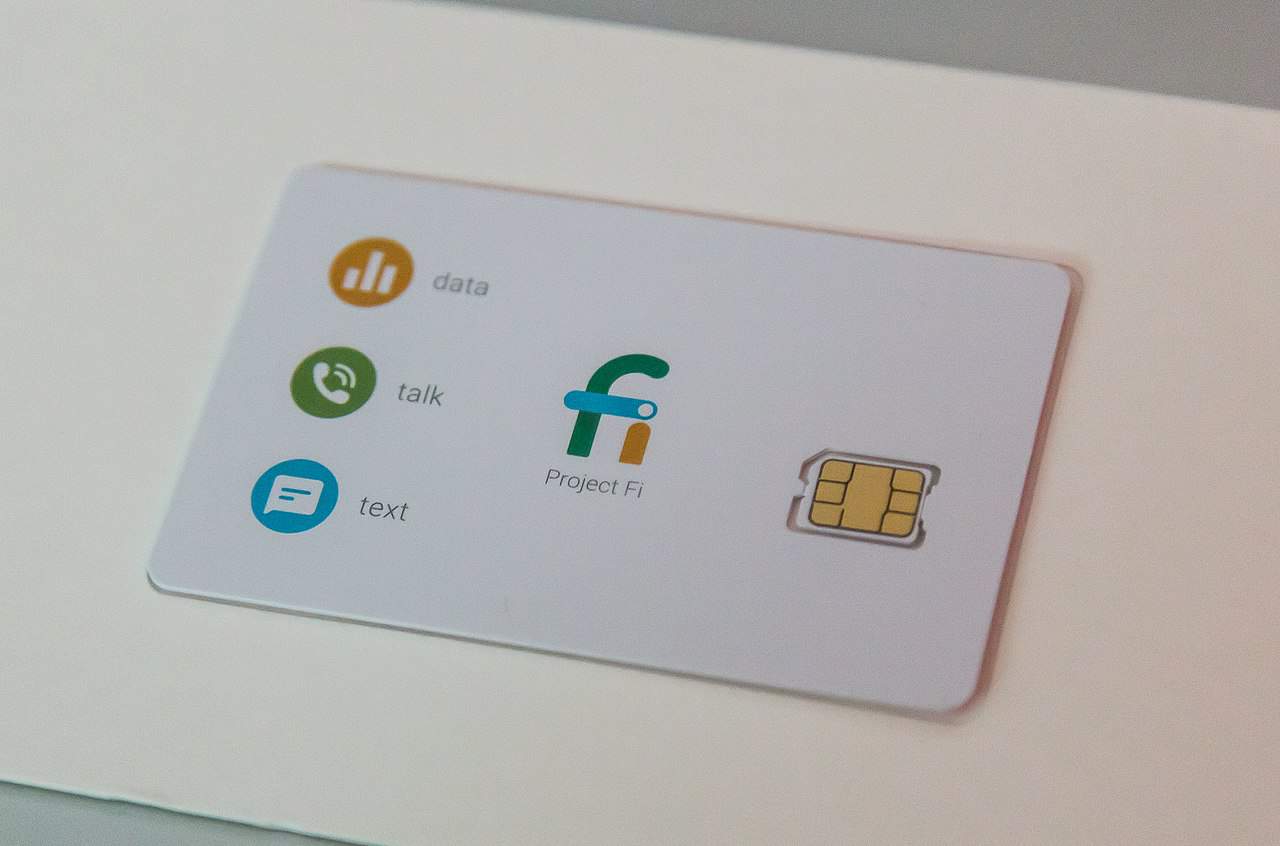
Google Fi is available internationally in over 200 territories across the world.
Unlike other carriers, Google Fi charges no additional fee for data use and texting. Moreover, there is a flat rate of $0.20/min for calls to any number while on cellular networks abroad and even lower rates when calling on WiFi. Users can also call back to the U.S. for free.
Google Home is a part of Google’s venture into the virtual assistant market.
Prior versions of this asset are the Google Now and Google Assistant. Still, the company continues to invest in voice-controlled smart-home speakers as well as devices with its Google Home series.
Google only released Google Home Mini in October 2017.
Despite being only roughly the size of a donut, Google Home Mini has all the features of Google Assistants. It also offers hands-free help in any room of the house.
A line of smart home devices comes in the form of Google Nest.
Google bought Nest in 2014 alongside the Nest Learning Thermostat, Nest Hub, Nest Cam, and the Nest Hello Doorbell.
In 2010, Google directly competed with Apple’s iPhone by introducing the Google Phone.
This Nexus One smartphone operated the latest version of Android. Moreover, it featured a large, vibrant display screen, aesthetically pleasing design, and a voice-to-text messaging system all based on the advanced voice-recognition software.
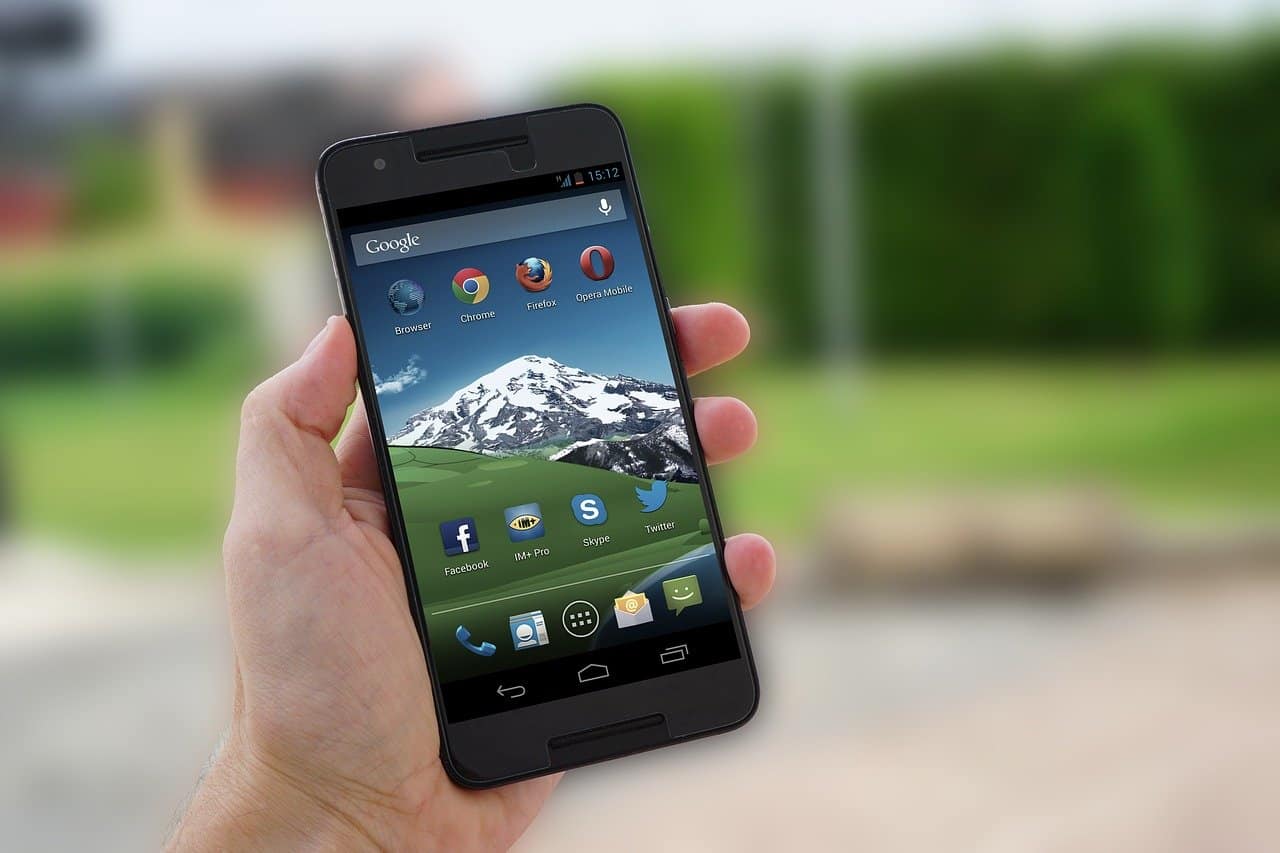
In the same year, Google’s hardware partners released tablet computers based on the Android OS.
However, the first product received heavy criticism due to poor performance. It was only towards the end of 2011 that Android-based tablets gained a footing on the hugely popular Apple iPad.
On October 20, 2016, Google released Google Pixel, another Android smartphone.
The creation of Google Pixel aimed to replace the Nexus. Still, Google Pixel ran a stock version of Android like the Nexus. The smartphone received updates as soon as released. For comparison, the Google Pixel 3 released in October 2018 have topnotch features similar to the iPhone X.
Was this page helpful?
Our commitment to delivering trustworthy and engaging content is at the heart of what we do. Each fact on our site is contributed by real users like you, bringing a wealth of diverse insights and information. To ensure the highest standards of accuracy and reliability, our dedicated editors meticulously review each submission. This process guarantees that the facts we share are not only fascinating but also credible. Trust in our commitment to quality and authenticity as you explore and learn with us.
